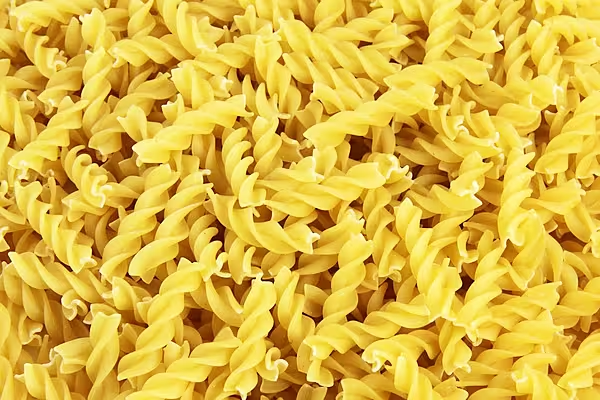Italian pasta exports have doubled in the past 20 years, rising from 740,000 tonnes to two million tonnes, with durum wheat semolina emerging as the most popular variety, a new study has found.
At the same time, the number of countries importing Italian pasta has grown by 34% to almost 200, according to the latest industry report published by the Association of Italian and Italian Pasta Industries (AIDEPI), reports Ansa.
Over the first seven months of 2018, pasta exports grew by 8% on average in the main importing countries of Italian pasta, Germany, UK, France and the US. In France, growth stood at 11% for the period.
However, the best performances of the period were recorded in Russia (+76%), The Netherlands (+29%), Saudi Arabia (+27%) and Australia (+16%).
Pasta exports to Russia totalled 20,000 tonnes in the first seven months of 2018, close to 2017’s full-year total of 23,000 tonnes.
Production Increase
According to data from AIDEPI and the International Pasta Organisation (IPO), global pasta production amounted to 15 million tonnes over the period, up by 3% compared to last year.
Italy is the leading consumer of pasta, with consumers getting through 23kg of pasta per person per year, ahead of Tunisia (17 kg) and Venezuela (12 kg).
In line with increased consumer focus on well-being and health, organic, gluten-free and other specialty varieties have grown by 12%.
AIDEPI secretary-general Luigi Cristiano Laurenza said the key to success in an increasingly competitive marketplace is for the pasta industry to focus on quality and innovation.
© 2018 European Supermarket Magazine – your source for the latest retail news. Article by Branislav Pekic. Click subscribe to sign up to ESM: The European Supermarket Magazine.










